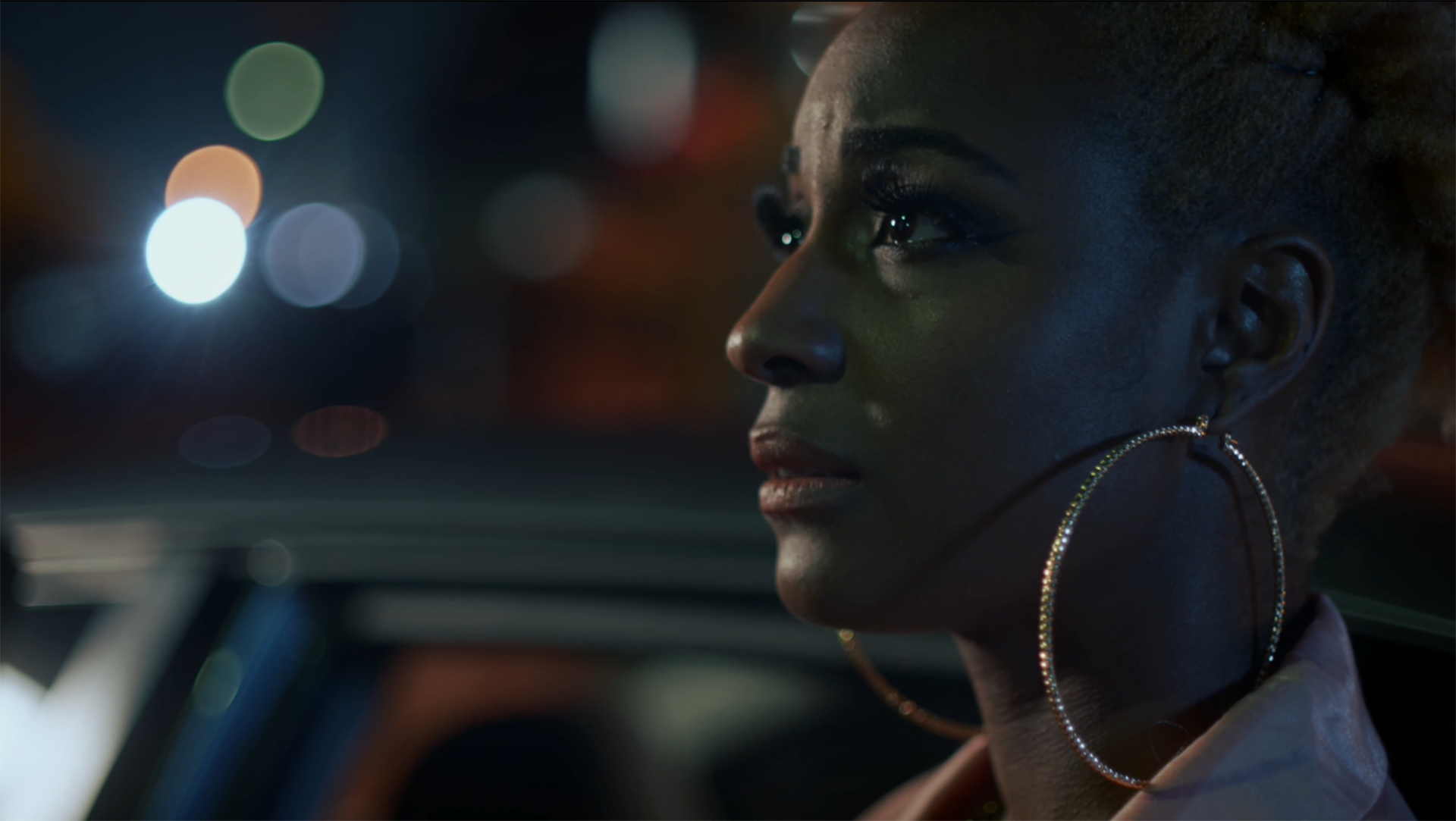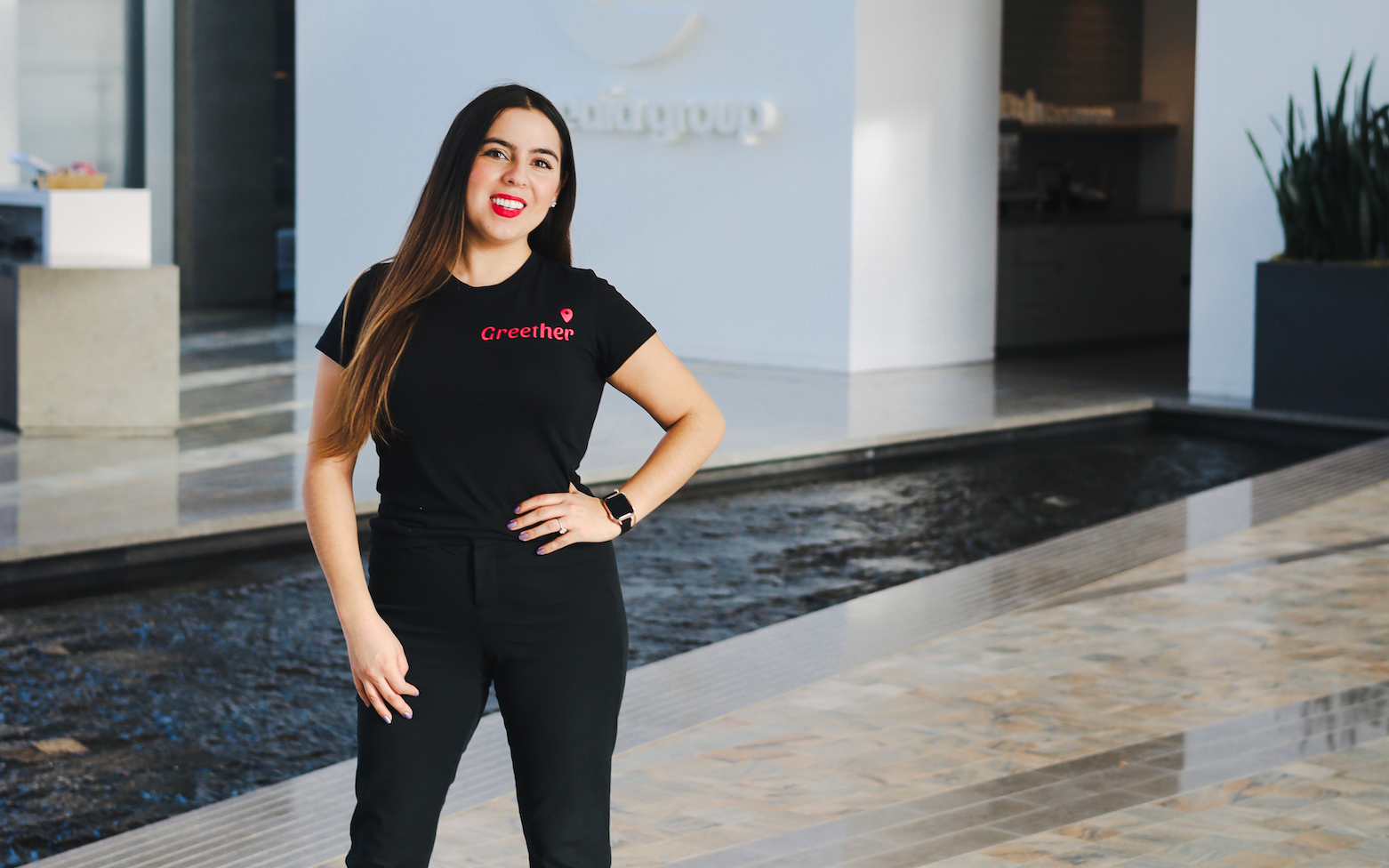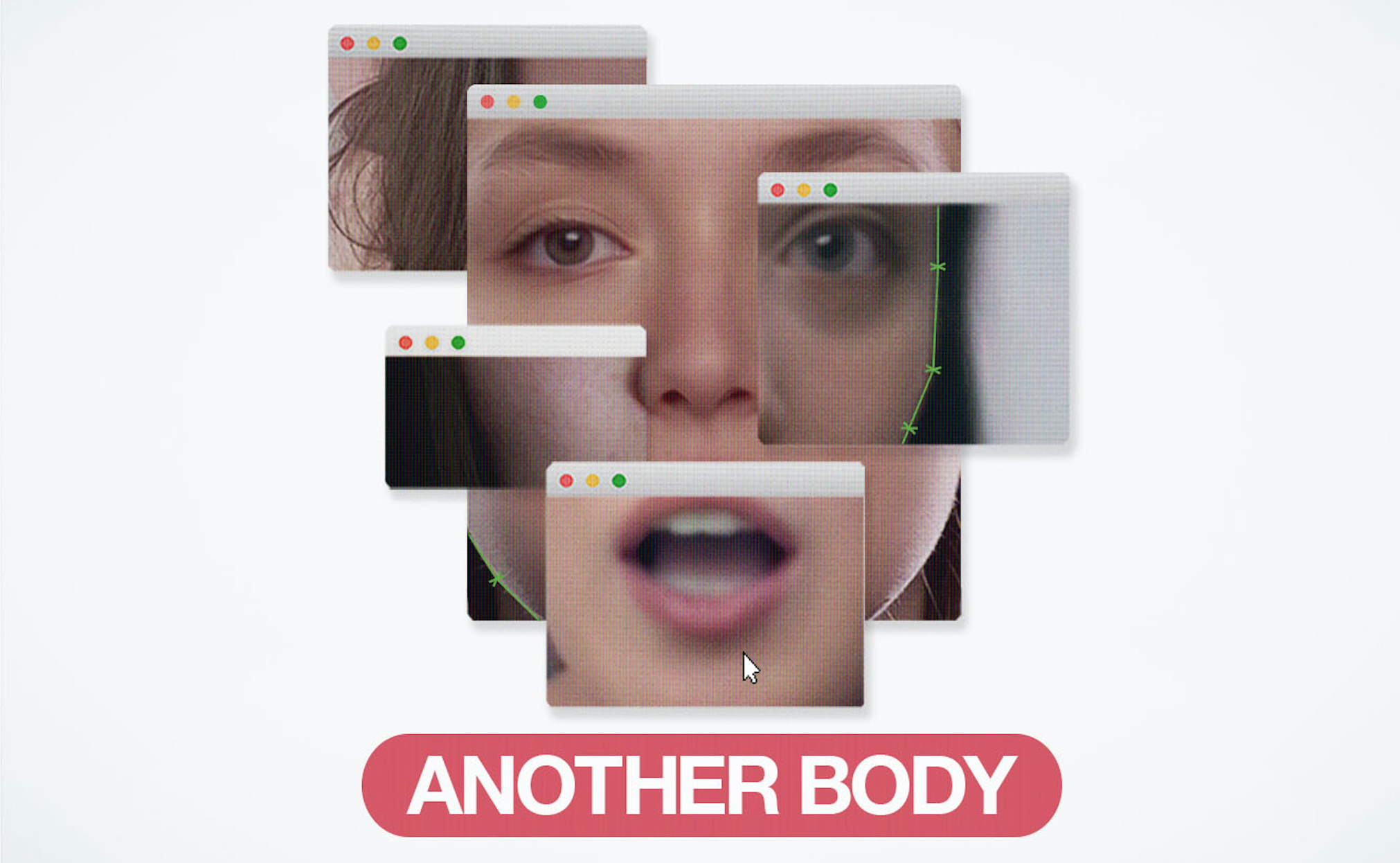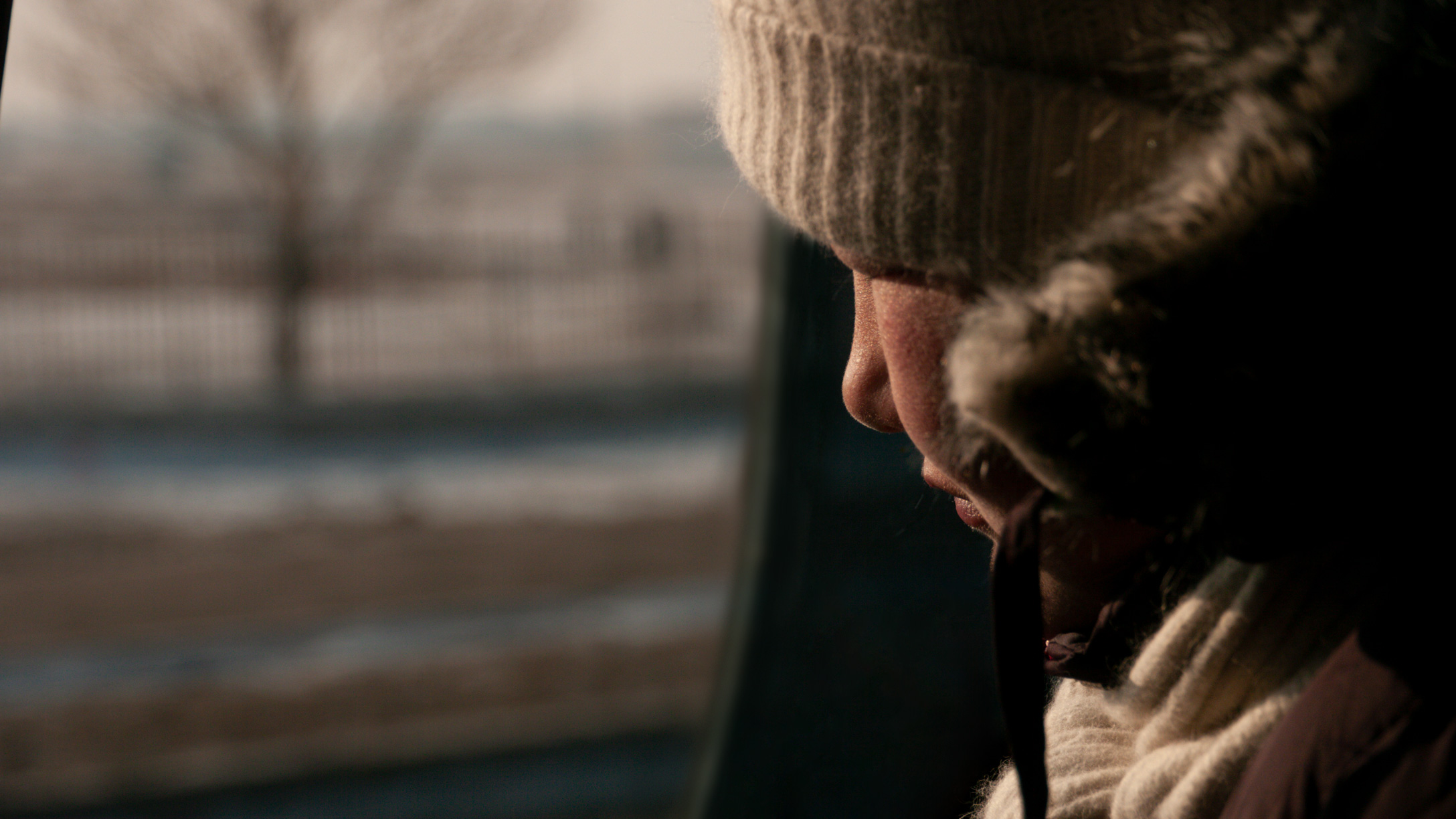
We are all familiar with the atrocities of the Vietnam War, as well as the horrific impact of Agent Orange. But this is not just an historical story. This is an issue that has far reaching tentacles in our current fight for environmental justice globally. There is also a significant connection to reproductive justice, which a powerful and timely new documentary, “The People vs. Agent Orange” lays out.
The documentary film by Kate Taverna and Alan Adelson, produced with Véronique Bernard shows how the Agent Orange catastrophe did not end with the Vietnam War. The herbicide still wreaks havoc on the human genome, causing deformed births, illnesses and deadly cancers. Sixty years later, the world over, 2,4,-D, a primary component of the toxic defoliant, still controls weeds in farming, forestry, parks, even on children’s playgrounds.
After decades of struggle and tragic personal losses, two heroic women are leading a worldwide movement to end the plague and hold the manufacturers accountable. In France, Tran To Nga is suing the American chemical industry for poisoning her in Vietnam – a lawsuit she filed in 2014 against the corporations that produced and sold the dioxin-contaminated Agent Orange. The suit includes U.S. multinational companies Dow Chemical and Monsanto, now owned by the German conglomerate Bayer. Final pleadings in her case were heard in a French court at the end of January 2021 with a decision due in May.
In America, Carol Van Strum exposes the continuing use of toxic herbicides in the Pacific Northwest. A suspicious fire destroys her home. Incriminating documents disappear. Activists are threatened. Her own family are impacted in a tragic way. A helicopter technician secretly films the on-going contamination of reservoirs, while a massive industrial cover-up goes on.
Between 1962 and 1971, the U.S. military sprayed roughly 20 million gallons of chemical agents across large swaths of south Vietnam. Dioxin stays for generations in the soil and in the sediment at the bottom of lakes and rivers. It enters food supply in the fat of fish and other animals. The Vietnamese Red Cross says as many as four million citizens were directly exposed to the herbicide and as many as three million have suffered illnesses from it, including the children and grandchildren of people who were exposed during the war. Fifty years ago, reports of the dioxin contamination in Agent Orange forced the suspension of its use in Vietnam—however it was then put to use in US in forestry and agriculture for almost another decade, as detailed in this film.
We spoke with Kate Taverna to learn more about the process for making “The People vs. Agent Orange”, and why this is something we need to pay attention to right now:
How did you and Alan first come across the stories and central issue behind “The People vs Agent Orange”?
Alan Adelson was shown photos of severely disabled children by a young woman who had volunteered at an Agent Orange victims’ clinic in Vietnam. He was appalled and the former investigative journalist in him questioned how could this have happened and still be going on four generations after the war?
Viewers may be familiar with Agent Orange, but this film does a great job in outlining how it is not something from a distant past, but a product and larger issue that is impacting the world today. What do you hope viewers will leave this film thinking about?
This is a story with significant contemporary ramifications about how we wage war, abuse science, disregard the environment and shirk responsibility for catastrophic mistakes and misdeeds. The activist and author, Carol Van Strum, tells a group of people fighting for their community rights in the film “We have the right to protect ourselves from being poisoned.” That quote headlines our poster for the film.
Aerial spraying of toxic herbicides is not just happening in Oregon. Half of Agent Orange, 2,4-D is still being used in hundreds of herbicides globally. We hope to educate viewers about the harms of herbicides so they may advocate for their own health and the health of their families and communities. The problem is that not many people are even aware of this.

One of the most shocking things about both Tran and Carol’s stories, as well as many others featured, is how the poisoning of people via pesticides is not just an environmental issue but also a reproductive justice issue. Can you share why it was important to showcase how the effects of Dioxin (among other chemicals) are affecting mothers and children 4 generations and counting?
When you watch how a plant reacts to 2,4-D herbicide in a time lapse of archival film, you might wonder about what might happen when we aerially spray these chemicals in a much broader swath, across mountainsides from helicopters. The vapor drifts with the wind, the chemical sometimes volatizes, there’s run off into surrounding water systems. People drink the water. The chemical companies insist that there is no evidence that their product causes cancer or illnesses of any kind. The Air Force scientist in our film, James Clary, states that: “We knew dioxin is an extremely potent carcinogenic, mutagenic, meaning it causes chromosomes to mutate, teratogenic–affecting the fetus of a woman. Very potent compound.”
Tran To Nga, visiting an Agent Orange victims’ clinic in Vietnam, states that these children are the fourth generation of children in Vietnam still being born with deformities and need special care. For everyone who sees that footage in the film, it’s shocking and a horrible realization that the persistence of dioxin in their environment from the spraying of so much Agent Orange over the course of a decade more than a half century ago could still be having these effects. Dioxin doesn’t go away, as Carol Van Strum states in the film, “National Bureau of Standards estimates on the half-life for a dioxin molecule, 2 billion years. That’s why EPA regards it as equivalent to plutonium, both in its toxicity and its longevity, how long it can persist.”

There is a definitive “David vs Goliath” theme to the film, with Tran even referring to herself as a “David” in the film. How were you personally inspired by Tran and Carol’s relentlessness in this fight?
I fell in love with both of these women, from both sides of the Vietnam war, and they are almost the same age. They continue to face serious illnesses to this day, and yet carry on with passion and commitment to hold the chemical companies accountable, and to get the rights of the environment, of trees, of lakes and forests recognized as well as the rights of communities to stop the aerial spraying. Despite all the attempts by various counties in Oregon to get the courts to rule on their behalf, or to change the laws of the state by ballot initiatives that they win, judges are bound by the existing laws of pre-emption. Only the state can say what can be done in their communities, not the people themselves. Sounds like a fight we’d all like to get involved with, no?
These women are inspiring leaders. Now Tran To Nga is facing about 14 chemical companies, each with 2-3 lawyers representing them, so that imbalance of representation when you are only one person is quite frightening. An observer of the final pleadings at the court in Evry on January 25, 2021, described the dramatic scene in the courtroom after the cameras were turned off and led out. The many chemical company lawyers, all dressed in formal black robes, descended into the room like a flock of crows to attack the legitimacy of Nga’s claims. She is a very courageous woman.

How did you first come across both of their stories and decide to make them the central figures in the film?
We found Tran To Nga when she filed her lawsuit in 2014 against the original 26 chemical companies at the Tribunal in Evry, outside of Paris, France. We began a relationship with her and filmed her for the first time in January 2015. We found Carol Van Strum in late 2017 when she got hundreds of thousands of incriminating documents she had amassed over 40 years scanned and uploaded to The Poison Papers website. We began filming her in 2018. It brought an American audience to the film, and we didn’t know until that moment in our production that Agent Orange was used in America after it was finally banned from use during the Vietnam war. That was news-breaking information for the film.
An important part of the film, and the larger story about Agent Orange, is how many veterans were poisoned while doing their jobs spraying in Vietnam, and how they were essentially abandoned by the government when they got sick. Why was it important to you and Alan to include this narrative?
Tran meets with Heather Bowser in the film, the daughter of a Vietnam veteran, who was born with physical deformities as a result of her father’s exposure to the chemical at Bien Hoa airbase. He had died very young from severe illness. Heather founded COVVHA, Children of Vietnam Veterans Health Alliance to bring together the children of veterans who live with debilitating birth defects and who feel abandoned by the U.S. government. It was important to show that veterans had also been tragically impacted by their exposure, and their offspring as well. There was a small settlement in the Vets’ lawsuit against the chemical companies in 1984, and an “Agent Orange Act” passed by the elder President George H. W. Bush in 1991, but brown water navy vets fought for years to get some kind of benefits for the damages to their health while exposed to Agent Orange, and were only recognized very recently.
There are still other veterans, including the men who disposed of the material, the ground crew and pilots who trained after the war on the contaminated aircraft used for spraying during the war. We make wars on other populations and in so doing, we expose everyone, and ironically our heroic service people to dangerous chemicals, and other perils such as plutonium tipped weaponry, without the slightest care about their health and safety or subsequent health effects once they make it home. It’s unconscionable.

You co-directed the film and also edited it. What was the process like for you, and how long did it take to shoot and bring the various stories altogether?
Alan started researching a film about Agent Orange well before I got involved. Only after we found Tran To Nga, a character for the audience to connect with, did I think this could be a film. For the first few years, I was playing the roles of producer, co-director, editor, assistant editor and film researcher. Over time, I made over 25 different length “samplers” or sizzle reels for foundation proposals and various pitch sessions to funders and broadcasters at GoodPitch and IFP in NYC and at IDFA in Amsterdam. The wonderful women of Doc Society got behind the project. I had worked with our producer Veronique Bernard before, and we were happy when she agreed to join our team. We got a co-production deal with ITVS and ARTE France and Germany in mid 2018, enabling us to bring on an assistant editor, interns, archival film researcher, and graphics people.
Because I wanted to bring the story to present day spraying, I found Darryl Ivy, who had used his phone camera while working with a helicopter spray crew in Oregon. More than 200 video clips he had done in the 17 days he worked for that crew were revelatory! Placing another character’s arc into an already complex structure was a puzzle to be solved. Darryl is sprayed while he films, and we see the subsequent health issues he encounters. Short interstitial clips of his story arc vindicated the women’s anecdotal evidence of the effects of the spray on their children. But would the audience be able to follow all three of these characters?
I have to confess that I did hit a wall with the enormity of the task and the vast quantity of material and story lines in front of me. Losing strands of story lines and information to focus the film posed difficult choices among us. Not having the certainty of an ending to Tran’s lawsuit also posed challenges. How does it end? When can we finish? Film festivals like happy endings, and we didn’t have one… and didn’t know when we would get one with continued postponements of hearings.
On self-doubt Tuesdays, I began to think the project would eventually kill me and that I’d never be able to edit anything else again! Another challenge in editing was cutting three versions of the film: an 87-minute festival-theatrical cut, a 54-minute version for ARTE in French and German and an 84-minute version for ITVS/PBS. All were ready for post-production finishing in 2020. But the pandemic emptied the post production houses for clients as well as crew, so sound design, mixing and color correcting of each of the versions became extremely time consuming and difficult. What should’ve taken a few weeks of post in each place took 3 months!

There is a very disturbing revelation toward the end of the film where you cover the case against Dow Chemical, and how after agreeing on a settlement, they then disposed of the rest of the Dioxin barrels in landfills and waterways around the world. Could this mean there are even more people globally being affected by the chemicals? And why would other countries allow the US government to dispose of these dangerous chemicals on their soil?
In 1977, the U.S. military disposed of over 2 million gallons of surplus herbicide requisitioned during the war, not Dow or the chemical companies. Dioxin is one of the most toxic chemicals ever created by mankind. It was a by-product created by the rapid way the herbicide was manufactured to meet the increasing demands of the U.S. military. It contaminated the herbicide making it “dirty” with this highly toxic element. We list the various places, states, countries where the chemicals were manufactured, stored, tested, used, and disposed of.
One of the now defunct manufacturers of Agent Orange dumped dioxin-contaminated residue from their processing plant directly into the lower Passaic River in New Jersey, just a few miles from midtown Manhattan. It is still in the river and a super fund site that has not been fully cleaned up till today. Many countries didn’t know what was happening at American bases in their territory, and only discovered contamination years later, when the bases closed. The staunch and corrupt U.S. ally, President Ngo Dinh Diem of South Vietnam, had asked our Ambassador Nolting in 1961 to get the U.S. to spray the rice harvests and poison food in order to deny it being used by the Viet Cong who threatened his power and sovereignty.
I don’t believe anyone knew in 1961 that continued use of the material over a period of almost 10 years would deform and sicken for generations to come, nor that the contaminant, dioxin, would have an afterlife of millions of years.
There is a sense of not being able to “unsee” this issue, once you watch this film. How can people join the fight today, and learn more about the central characters?
Viewers can visit our website at https://www.thepeoplevsagentorange.com, where under About the Film, we have bios of our various characters, many of whom have been struggling to change the status quo for decades, some have written books about it. There’s a page of Resources with links to all kinds of organizations involved with the struggle for community rights, peace, safeguarding the environment, the forests, funding the victims of Agent Orange and the children of Vietnam veterans.
It’s an impressive movement. Thus the title of the film. The film represents a lot of peoples’ efforts throughout the decades, it’s a compilation of the work and contributions of many, many people passionate about this struggle. The screenings page on the website lists the venues by state for our nationwide launch on March 5, 2021 supporting local theatres in their struggle to survive during the pandemic. I feel we are experiencing a groundswell of involvement and commitment to get the information out there, defend our environment and recognize the rights of communities to stop the plague of toxic spraying.


















One thought on “New Docu “The People vs. Agent Orange” Connects The Dots Between Environmental And Reproductive Justice”
Comments are closed.